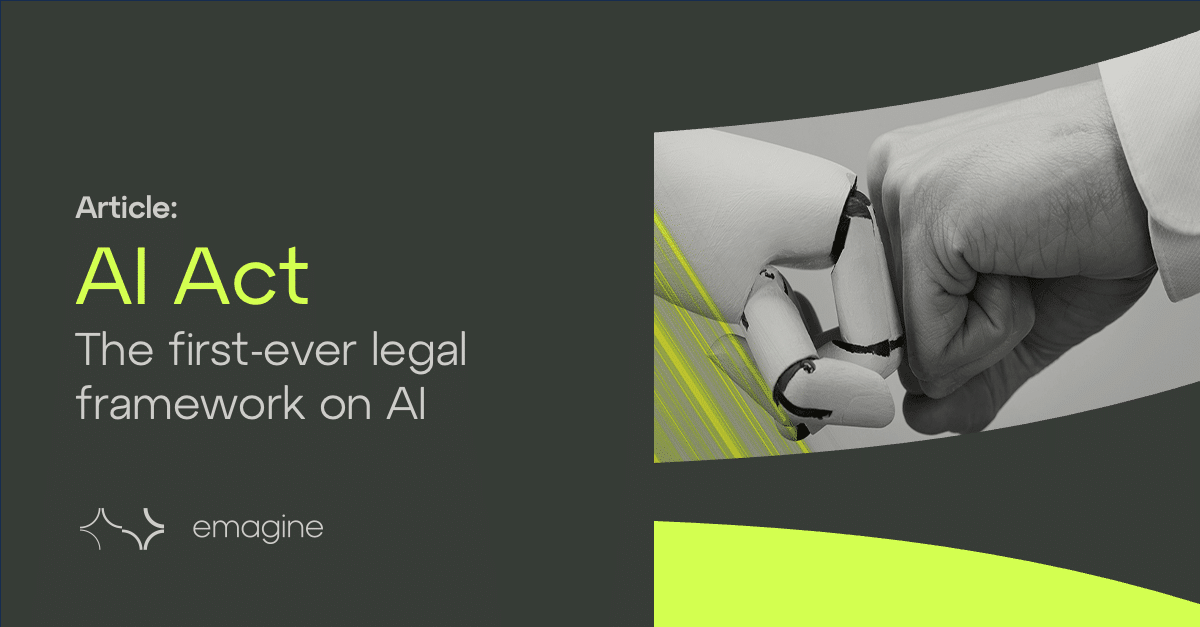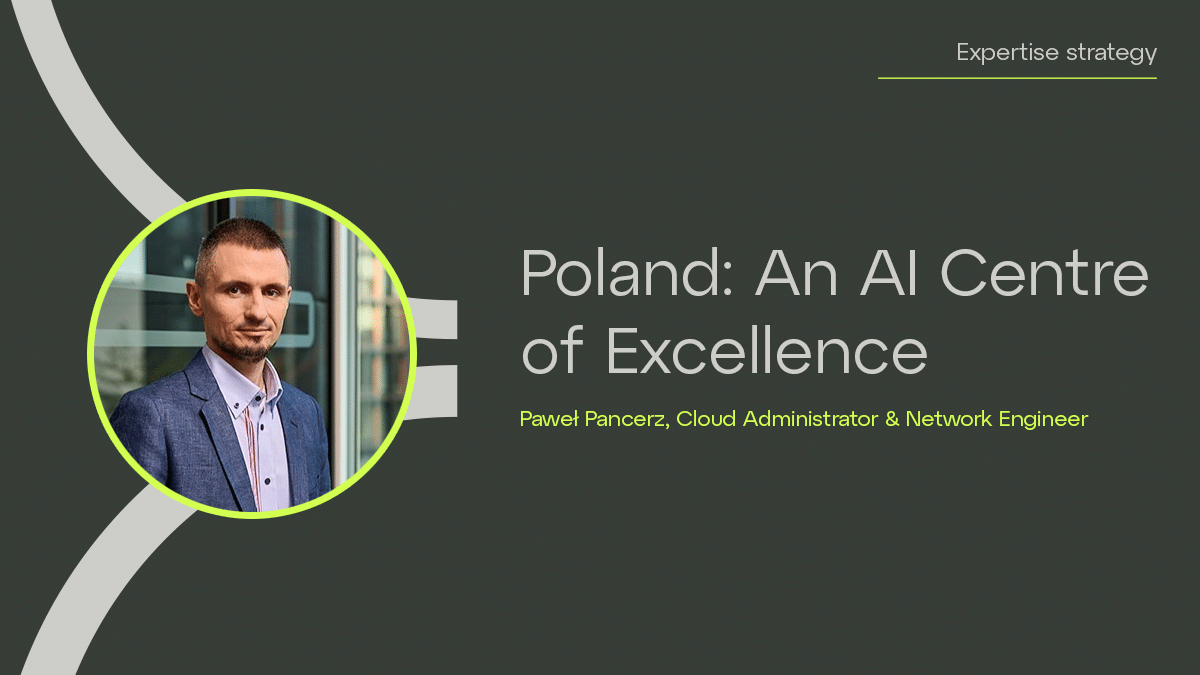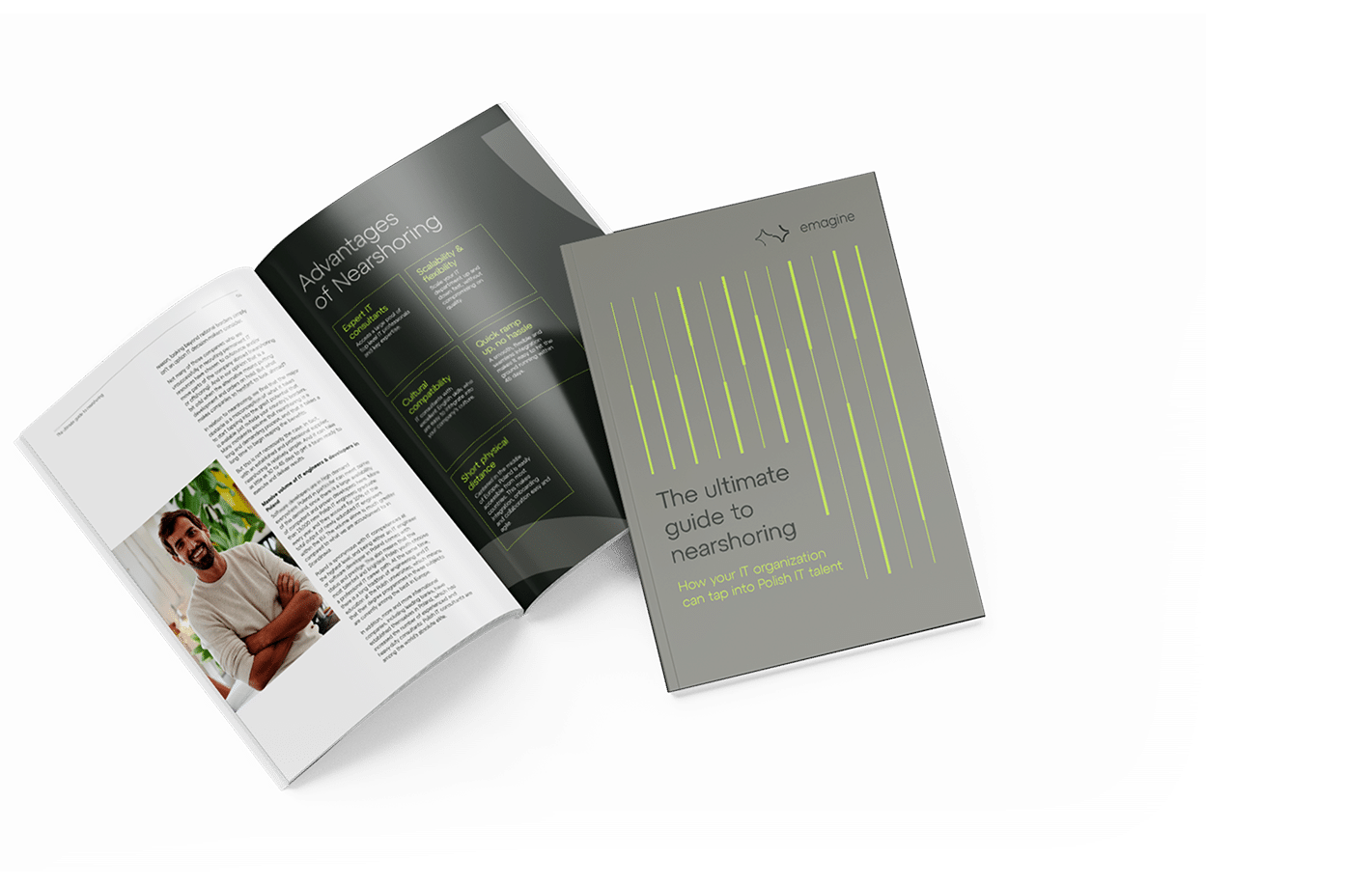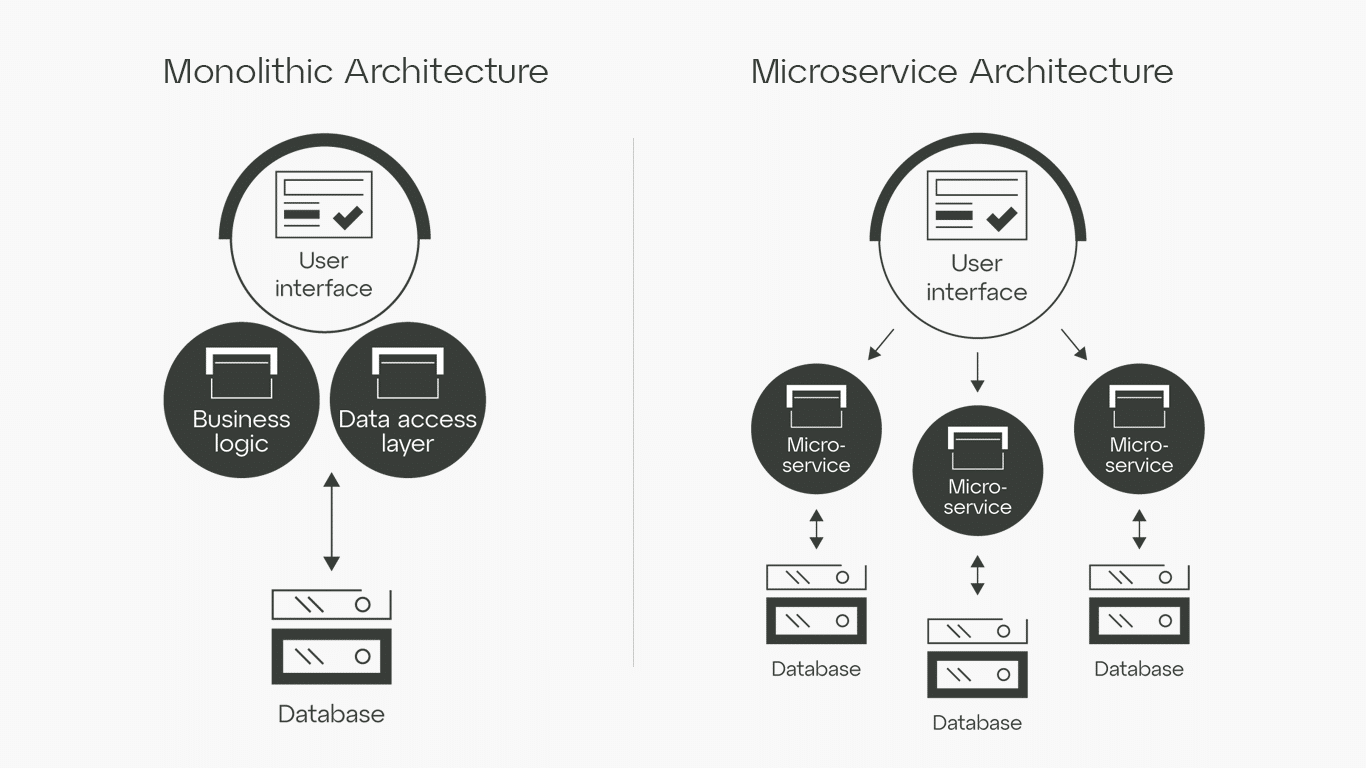Think of it like owning a house: You might hire experts to renovate your kitchen or fix your roof, but you must hold the deed. You make the decisions. And if needed, you can take matters into your own hands.
In IT, that means investing in internal expertise, controlling key business assets and processes and ensuring knowledge and competencies remain in your organization. It means choosing partners who empower your teams, transfer knowledge, and build digital capabilities inside your organisation. Not gatekeepers who lock you in.
Rather, you need to foster smarter, more transparent IT partnerships that will build you up and leave you with the full operational ownership.
“In the new thinking organisations, you are now relying on building up internal agile development organisations,” Winther says, adding “And building platforms based on reusable open source software, often supported by new AI-supported development tools.”
But why this shift now?
The price of moving too fast
In the early days of organisational IT, companies built and ran their own systems, housed their own servers and wrote their own software. This inevitably made them in charge of not just the technology, but the skills and know-how of the business as well.
Then came the new millennium, and with it a need for cost savings, flexibility and a “focus on the core business” (Deloitte 2016). This shift triggered a widespread outsourcing boom, driven by the promise of significant cost reductions, faster innovation cycles, and reduced management overhead.
Companies rapidly transitioned critical operational functions to external partners, which initially seemed to offer considerable advantages.
Read Deloitte's 2016 Global Outsourcing survey here























































